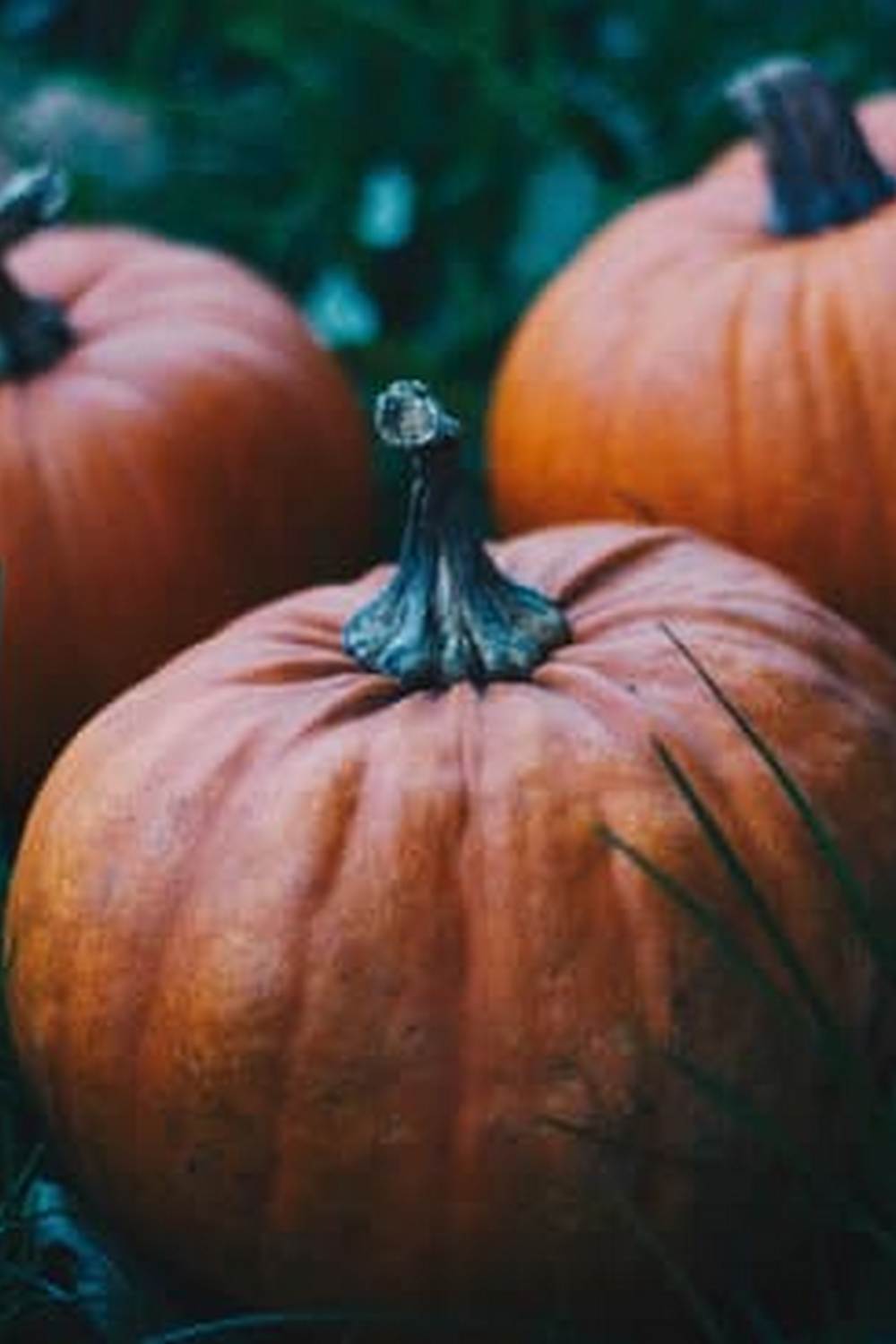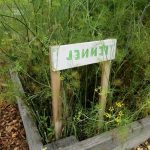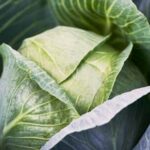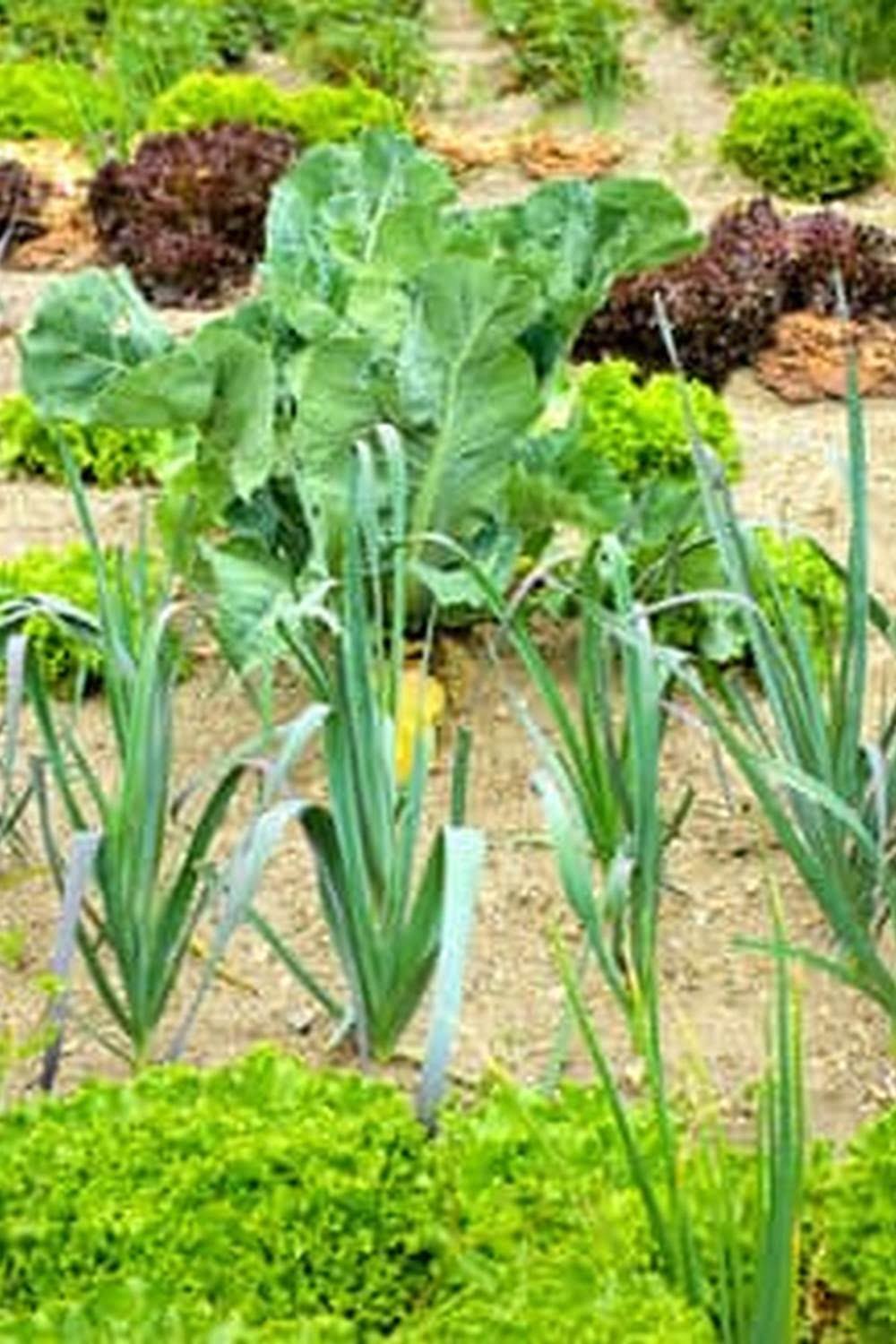If you’re looking to start a vegetable garden in the lush and verdant region of Western Washington, you’re in for a treat. The cool, mild climate and fertile soil make it an ideal location for gardening enthusiasts. In this article, we’ll explore the ins and outs of gardening in Western Washington, from the best vegetables to grow and climate considerations to planning and designing your garden.
Vegetable gardening in Western Washington offers a unique set of opportunities and challenges. With its moderate year-round temperatures and ample rainfall, the region provides an excellent growing environment for a wide variety of crops. However, it’s essential to understand the specific conditions that impact successful vegetable cultivation in this area.
In this comprehensive guide, we’ll cover everything you need to know about gardening in Western Washington. From the top vegetables to grow in this region to tips on planning and designing your garden, we’ll help you navigate through the process of creating a thriving vegetable garden in this beautiful part of the country.
Whether you’re a seasoned gardener or a beginner, this article will provide valuable insights and practical advice for growing your own vegetables in Western Washington.
Best Vegetables to Grow in Western Washington
When it comes to gardening in Western Washington, choosing the right vegetables to grow is essential for a successful harvest. The region’s mild, maritime climate and fertile soil make it ideal for growing a wide variety of vegetables. Here are some of the best vegetables to consider planting in your Western Washington garden:
- Tomatoes: With proper care and attention, tomatoes can thrive in Western Washington’s long summer days. Choose from a variety of cherry, beefsteak, or heirloom tomatoes to add color and flavor to your garden.
- Leafy Greens: Vegetables such as lettuce, kale, spinach, and chard are well-suited for the region’s cooler temperatures and moist conditions. These greens can be planted early in the season and provide bountiful harvests throughout the year.
- Peas: Both snap peas and shelling peas are excellent choices for Western Washington gardens. Their ability to thrive in cool weather makes them an ideal crop for the region.
In addition to these options, other recommended vegetables for gardening in Western Washington include carrots, beets, radishes, broccoli, and Brussels sprouts. These vegetables are well-adapted to the area’s climate and soil conditions, making them reliable choices for local gardeners.
By selecting these vegetables for your garden, you can enjoy a diverse range of fresh produce while taking advantage of the unique growing conditions found in Western Washington. Whether you’re a seasoned gardener or just starting out, these vegetable varieties offer something for every skill level and taste preference.
Climate and Soil Considerations for Vegetable Gardening in Western Washington
When it comes to vegetable gardening in Western Washington, understanding the climate and soil considerations is crucial for a successful harvest. The region’s mild, maritime climate and fertile soil provide an excellent environment for growing a wide variety of vegetables. Here are some key factors to consider when planning your vegetable garden in this area:
- Rainfall: Western Washington is known for its abundant rainfall, especially during the winter months. While this can be beneficial for vegetable crops, it’s important to account for drainage in your garden to prevent waterlogging.
- Temperature: The climate in Western Washington is generally mild, but temperatures can vary significantly depending on the proximity to bodies of water and elevation. Certain vegetables may thrive in cooler coastal areas, while others do better in warmer inland locations.
- Soil Type: The region’s soil varies from sandy loam to clay, with a slightly acidic to neutral pH. Understanding your specific soil type will help determine which vegetables are best suited for your garden and what amendments may be necessary for optimal growth.
In order to maximize the potential of your vegetable garden in Western Washington, it’s essential to choose vegetables that are well-adapted to the local climate and soil conditions. Some of the best vegetables to grow in this region include:
- Leafy greens like kale, lettuce, and spinach
- Brassicas such as broccoli, cauliflower, and Brussels sprouts
- Root vegetables like carrots, beets, and radishes
- Peas and beans
- Nightshades including tomatoes, peppers, and eggplants
By taking into account the unique climate and soil characteristics of Western Washington, you can create a thriving vegetable garden that yields a bountiful harvest year after year. Whether you’re a seasoned gardener or just starting out, understanding these considerations will set you on the path to success with your vegetable crops in this beautiful corner of the Pacific Northwest.
Tips for Planning and Designing a Vegetable Garden in Western Washington
Designing and planning a vegetable garden in Western Washington requires careful consideration of the unique climate and soil conditions of the region. With the right approach, you can create a productive and aesthetically pleasing garden that will thrive in this environment.
Choosing the Right Location
The first step in planning your vegetable garden is to select an appropriate location. In Western Washington, it’s important to choose a spot that receives plenty of sunlight, as many vegetables require full sun to grow and produce an abundant harvest. Additionally, consider the proximity to water sources and access to irrigation systems, as the consistent moisture levels are crucial for healthy plant growth.
Layout and Design
Once you have chosen the perfect location for your vegetable garden, it’s time to plan the layout and design. Consider creating raised beds or container gardens, which can help improve drainage and soil quality in Western Washington’s often rainy climate. Additionally, think about companion planting – strategically placing compatible plants together can help maximize space and discourage pests naturally.
Soil Preparation
In Western Washington, the soil tends to be acidic with high clay content. Before planting your vegetables, it’s essential to improve soil quality by adding organic matter such as compost or well-rotted manure. This will help create a healthy growing environment for your vegetables and enhance their ability to absorb nutrients from the soil.
By carefully considering these tips for planning and designing a vegetable garden in Western Washington, you can set yourself up for success in growing a wide variety of vegetables that thrive in this unique climate.
Planting and Maintenance Guide for Vegetables in Western Washington
When it comes to planting and maintaining a vegetable garden in Western Washington, there are several important factors to consider. From choosing the right time to plant to providing ongoing care for your crops, this region presents unique challenges and opportunities for gardeners.
Choosing the Right Plants
One of the first steps in creating a successful vegetable garden in Western Washington is selecting the right plants for the region’s climate and soil. While some vegetables thrive in this area, others may struggle due to the cool, damp conditions. Popular vegetables to grow in Western Washington include kale, lettuce, peas, carrots, beets, and broccoli. These cool-season crops are well-suited to the mild temperatures and frequent rainfall of the region.
Planting and Maintenance Tips
When it comes to planting your vegetable garden in Western Washington, timing is crucial. Cool-season vegetables can often be planted as early as March or April, while warm-weather crops like tomatoes and peppers should wait until late spring when the threat of frost has passed.
It’s important to provide regular maintenance for your vegetable garden throughout the growing season, including watering, weeding, and fertilizing as needed. Mulching can also help retain moisture and prevent weeds from overtaking your garden.
Gardening Calendar
In Western Washington, it’s essential to follow a gardening calendar that takes into account the unique climate of the region. For example, planting cool-season crops like lettuce and kale can typically begin in early spring for a summer harvest. Additionally, succession planting-sowing seeds at intervals throughout the season-can help ensure a continuous supply of fresh produce throughout the year.
By following these planting and maintenance guidelines for vegetable gardening in Western Washington, you can create a bountiful garden that thrives despite the challenges of this unique climate. Whether you’re a seasoned gardener or just starting out, there are plenty of opportunities to enjoy a successful harvest of fresh, healthy produce from your own backyard.
Pest and Disease Control for Vegetable Gardens in Western Washington
One of the challenges of gardening in western Washington is dealing with pests and diseases that can affect vegetable plants. The moist climate of the region creates a favorable environment for a variety of insect pests and plant diseases. However, with proper planning and maintenance, it is possible to keep your vegetable garden healthy and thriving.
When it comes to pest control in vegetable gardens, it’s important to practice integrated pest management (IPM). This approach focuses on using a combination of techniques such as cultural, mechanical, and biological controls along with pesticides as a last resort. Encouraging natural predators, rotating crops, and regularly inspecting plants for signs of pest damage are all part of an effective IPM strategy.
In addition to pests, ensuring good disease control is essential for a successful vegetable garden in western Washington. Start by selecting disease-resistant varieties whenever possible and avoid planting susceptible crops in the same area year after year. Proper spacing between plants to allow for good air circulation, watering at the base of plants (rather than overhead), and removing and destroying any infected plant material can help prevent the spread of diseases.
| Pest/Disease Control Technique | Description |
|---|---|
| Integrated Pest Management (IPM) | A holistic approach that combines various methods to control pests while minimizing impact on the environment. |
| Disease-resistant Varieties | Selecting vegetable varieties that are naturally resistant to common diseases found in western Washington. |
| Proper Spacing and Watering | Ensuring adequate spacing between plants and watering practices that minimize the risk of disease development. |
Harvesting and Storing Vegetables in Western Washington
Harvesting vegetables in Western Washington can be a rewarding experience, as the region’s moderate climate allows for a longer growing season. When it comes to harvesting your vegetables, timing is crucial. For example, tomatoes should be harvested when they are fully colored but still slightly firm, while lettuce should be harvested in the morning before it heats up and becomes bitter.
Once you have harvested your vegetables, proper storage is key to maintaining their freshness. Root vegetables such as carrots and beets can be stored in a cool, dark place for several weeks, while other vegetables like peppers and cucumbers are best kept in the refrigerator. It’s important to research the specific storage needs of each vegetable to ensure they stay fresh for as long as possible.
In addition to traditional storage methods, many gardeners in Western Washington have found success with canning and preserving their harvest. This allows them to enjoy their homegrown produce throughout the year, even when it’s not in season. By learning how to properly preserve your vegetables, you can reduce waste and enjoy the fruits of your labor for months to come.
| Vegetable | Storage Method |
|---|---|
| Carrots | Cool, dark place for several weeks |
| Lettuce | In the refrigerator after harvesting in the morning |
| Tomatoes | Fully colored but still slightly firm before harvesting |
Success Stories and Inspirational Garden Tours in Western Washington
After considering the climate and soil considerations, planning and designing your vegetable garden, as well as the best vegetables to grow in Western Washington, it’s time to look at success stories and gain inspiration from experienced gardeners in the region.
Visiting successful gardens in Western Washington can provide valuable insights into what works best in this unique growing environment. It’s a great opportunity to see firsthand which vegetables thrive, learn about innovative gardening techniques, and gather ideas for your own garden.
Whether it’s attending local garden tours, joining community gardening groups, or simply speaking with seasoned gardeners, there are numerous ways to gain inspiration and learn from the experiences of others. By tapping into these resources, you can benefit from the knowledge and expertise of those who have already achieved success with vegetable gardening in Western Washington.
Remember that every garden is unique, so don’t be discouraged if you encounter challenges along the way. With careful planning, ongoing maintenance, and a willingness to adapt to your specific growing conditions, you can create a flourishing vegetable garden that will yield an abundance of fresh produce in Western Washington.

If you’re looking to get into vegetable gardening, or are just looking for some tips on how to make your current garden better, then you’ve come to the right place! My name is Ethel and I have been gardening for years. In this blog, I’m going to share with you some of my best tips on how to create a successful vegetable garden.





